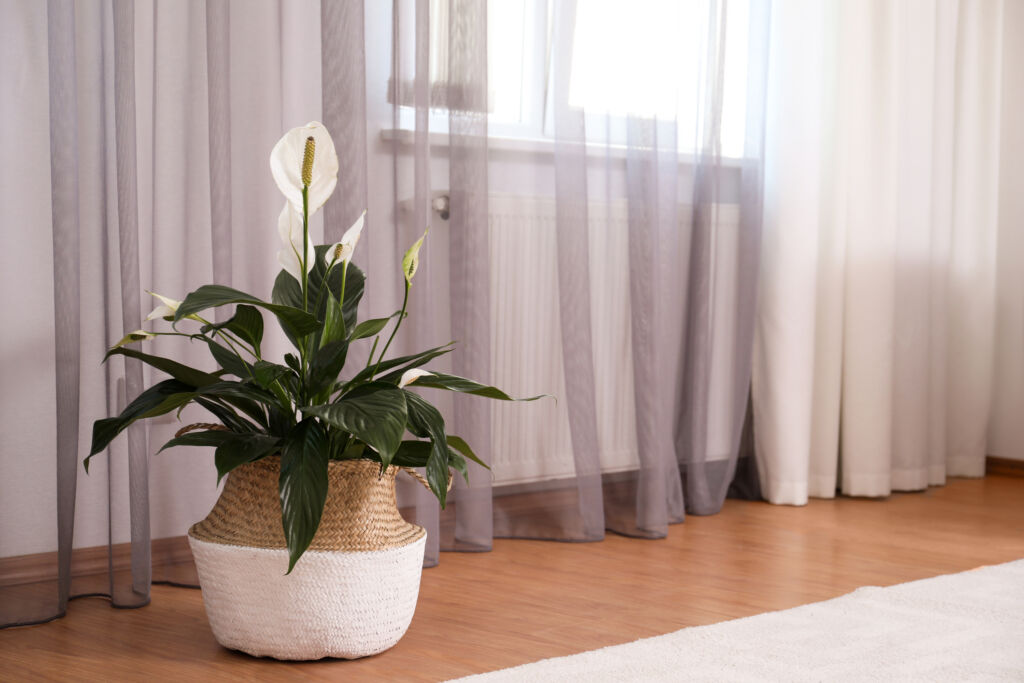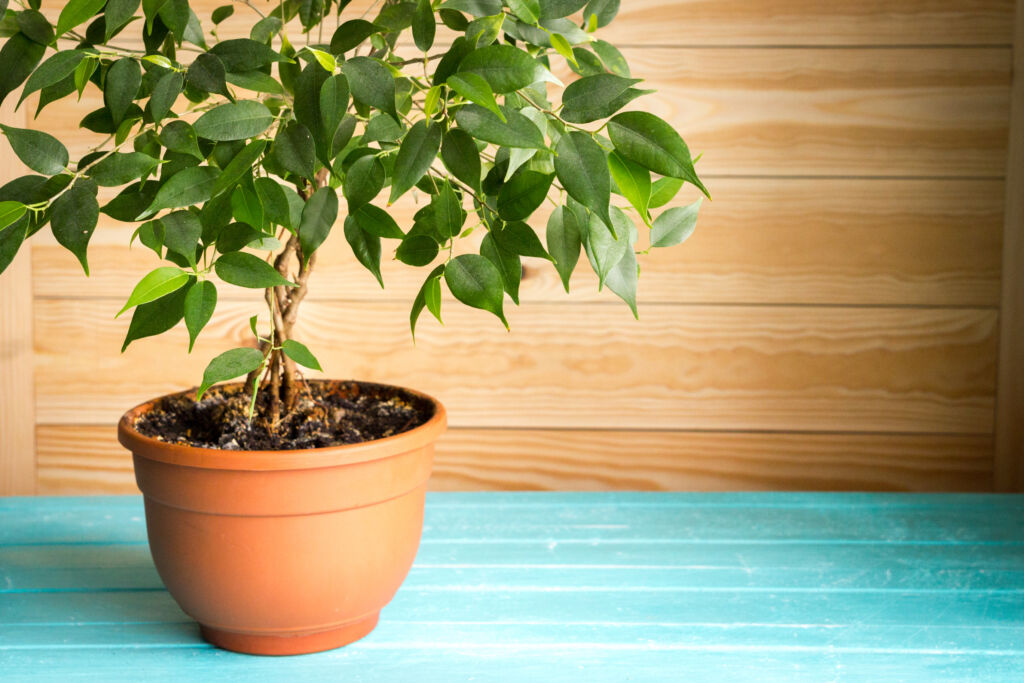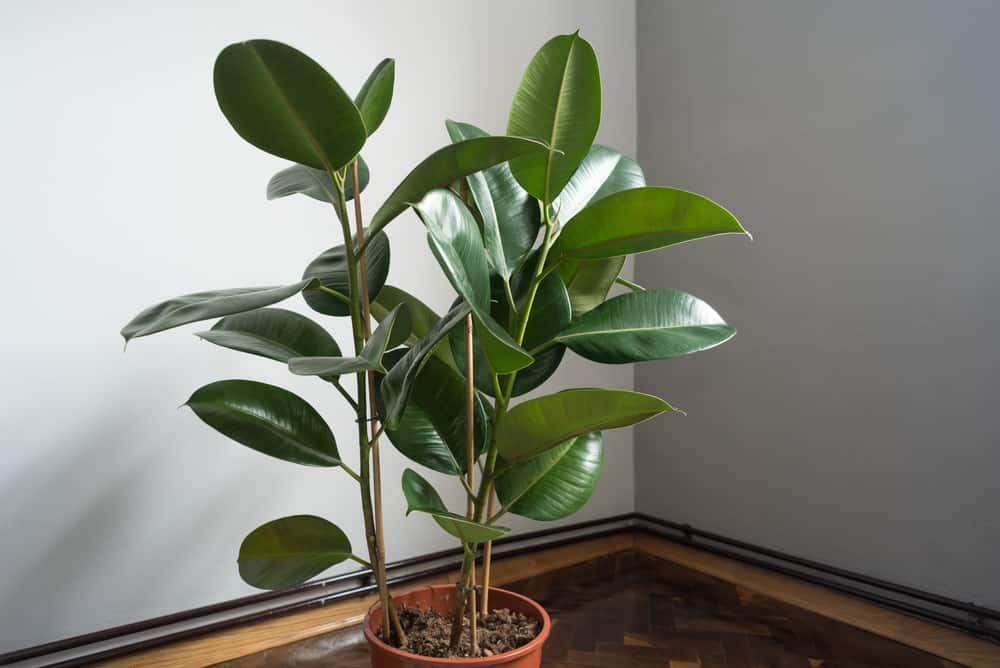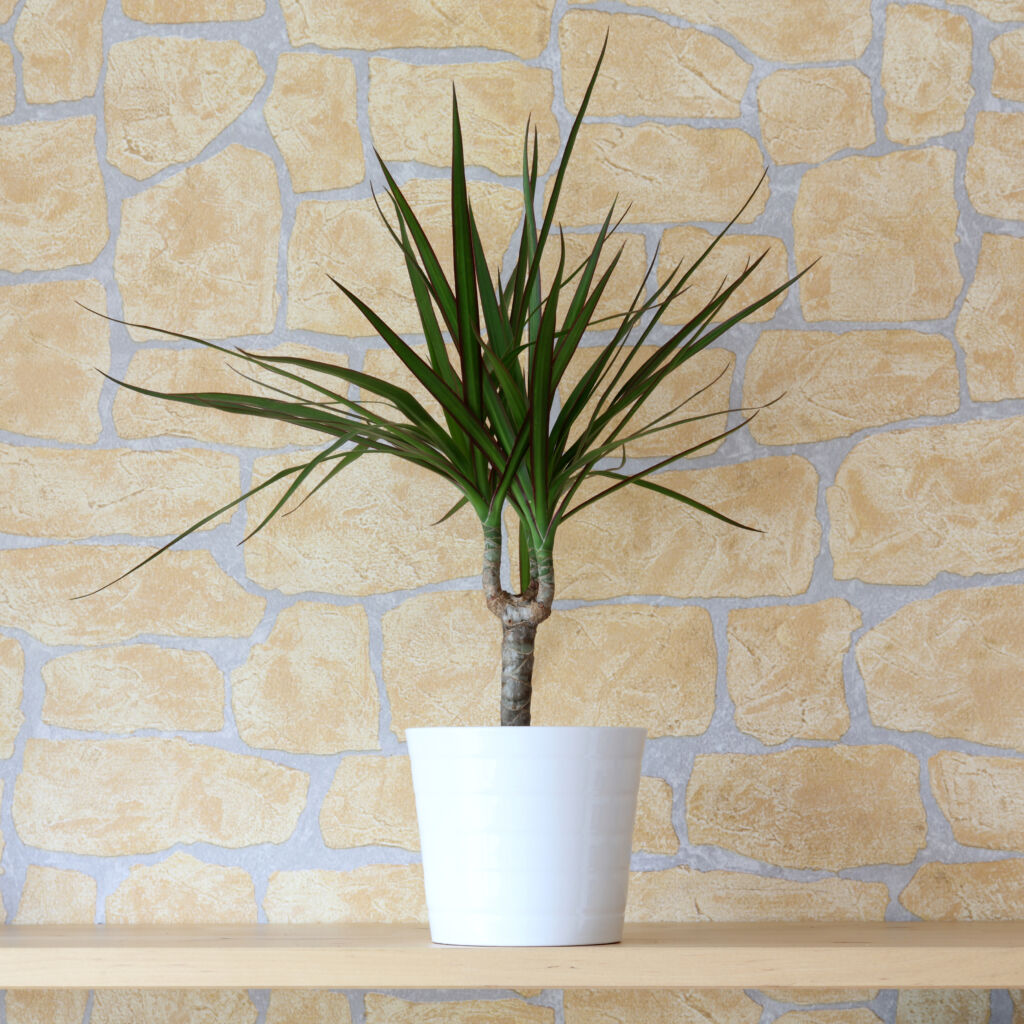HousePlantJoy is supported by our audience. When you purchase through one of our links, we may earn a small affiliate commission. As an Amazon Associate I earn from qualifying purchases. Your cost is not affected.
==================
Did you know that some plants can actually be the worst houseplants for allergies? Shocking, right? Most plants improve indoor air quality. But certain plants might not be the best choice for everyone. These plants produce airborne allergens like pollen or even promote mold growth. So, they might not be the best for people prone to allergic reactions.
Don’t worry, though. We’re here to guide you to what could potentially be causing your allergies. Buckle up. We’re about to take a deep dive into the world of indoor allergens and the worst houseplants for allergies. Together, we’ll make sure your indoor garden is as allergy-friendly as it can be! Enjoy reading!
Can Houseplants Cause Allergies?
Now, you might be asking, “Can houseplants cause allergies?” The answer is yes, some can. Not all plants are allergy triggers. But certain ones might be worse for people with allergies. Here’s why: plants sometimes release substances into the air. These substances can lead to allergic reactions. Let’s break it down a bit more.
Plants produce something called pollen. It’s a powdery substance that helps plants make more plants. However, pollen can be an airborne allergen. When it gets into our noses or eyes, it can cause allergy symptoms like sneezing, itchy eyes, or a runny nose. This condition is often known as hay fever or allergic rhinitis.
Moreover, some houseplants can promote mold growth. You see, mold loves to grow in damp places, and the soggy soil of over-watered plants is a perfect home for them. The mold let out tiny spores into the air. When we breathe them in, it can lead to allergic reactions.
Also, some plants have leaves that quickly accumulate dust. These dust particles can also trigger allergy symptoms. This is especially true in people who are sensitive to indoor allergens.
So yes, certain indoor plants can indeed contribute to allergies. But don’t start repotting your indoor garden just yet. Keep reading to find out more about the worst houseplants for allergies and some tips on how to deal with them.
Allergens in Houseplants
Pollen
When we talk about allergens, we are talking about substances that can cause our immune system to react. The most common allergen released by plants is pollen. Some flowering plants produce more pollen than others. While the flowers are beautiful to look at, they could be causing your sneezes and itchy eyes! Keep an eye on flowering houseplants. They can often be the culprits behind your allergy symptoms.
Molds and Moisture
Next up, let’s discuss mold. Molds are tiny fungi that can grow on plants, especially if they are over-watered. These mold spores can get into our noses and lungs and cause allergic reactions. Some plants love high humidity levels. These include peace lilies or English ivy. They can promote mold growth, especially if over-watered.
Dusty Leaves
Finally, dust is another troublemaker. Dust particles can gather on the leaves of your indoor plants. These particles, when stirred up, can trigger allergy symptoms. Foliage plants have large leaves that can quickly accumulate dust. These include plants like the rubber plant or dracaena plants. Regularly cleaning their leaves with a damp cloth can help keep the dust at bay.
Worst Houseplants for Allergies
Let’s get to know some of the worst houseplants for allergies a bit better. Remember, not all plants are bad for everyone, as we all react differently to different allergens. However, these indoor plants are notorious for causing allergies in many people.
Peace Lilies
Peace lilies are indeed beautiful with their dark green leaves and lovely white flowers. However, these plants are a double trouble when it comes to allergies. They are flowering plants, and as such, they produce pollen. They also love a good amount of water, but if overwatered, they can become a breeding ground for mold. Remember, mold spores are airborne allergens, too! So, if you have a peace lily, balance is key: not too dry, not too soggy!
English Ivy
English ivy has trailing vines and heart-shaped leaves. This makes it a charming addition to any indoor space. They’re excellent at improving indoor air quality by removing volatile organic compounds. And they also have a strong love for humidity. If you over-water them, or if your living space is overly humid, they can promote mold growth. But it is not the best news for allergy sufferers.
Male Palms
Did you know some palms, specifically male palms, are known pollen producers? Palms are often loved for the tropical feel they bring indoors. But if you’re sensitive to pollen, these plants might not be the best choice for your indoor garden. If you’re a fan of palms, perhaps opt for a female plant that produces less pollen.
Weeping Fig
The weeping fig, or Ficus benjamina, is a common houseplant. It’s loved for its shiny leaves and bushy shape. However, it has a sticky sap that can cause allergic reactions. This is especially true in people with latex allergies. If you have sensitive skin, touching the sap can lead to skin irritation. It’s like contact dermatitis, a type of skin inflammation.
Areca Palm and Bamboo Palm
Areca palms and bamboo palms are often recommended for improving air quality. This is due to their lush fronds. While these palms might clean the air of some toxins, they can also cause allergic reactions. Both of these plants produce pollen, which can be a problem if you’re sensitive to it.
Symptoms of Plant Allergy
When it comes to plant allergies, it’s important to know the signs. If you start noticing some changes in how you feel, your plant friends might be to blame. So, what are some of the typical symptoms you might experience? Let’s explore!
Runny Nose
One of the most common symptoms of plant allergy is a runny nose. If you’re reaching for a tissue more often around your plants, you might be dealing with an allergic reaction.
Itchy Eyes
Feeling like there’s something in your eye all the time? If your eyes are itchy or watery, that might also be a sign of an allergy. Itchy eyes are a classic symptom of allergic rhinitis, also known as hay fever.
Skin Troubles
So you’ve been touching your plants and then start noticing red, itchy patches on your skin? You might be having an allergic reaction. In some cases, certain plants can cause contact dermatitis. It’s a type of skin inflammation.
Sneezes
Sneezing a lot, especially when you’re around your plants? That’s another sign that you might be allergic. Allergic reactions can often trigger a bout of sneezing. This means your body tries to expel the allergens.
Not Feeling Quite Right
In some cases, allergies can just make you feel a bit “off”. You might be more tired than usual, have headaches, or just not feel like yourself. If you’re feeling like this, it might be worth considering whether your indoor plants could be causing it.
Preventing Allergic Reaction to Plants
If you love indoor plants, don’t worry! There are ways to prevent allergic reactions and still enjoy your green friends. Here are some tips to help you keep the sneezes and itches away.
Choose Plants Wisely
Not all houseplants are bad for allergies. Some are even great at improving indoor air quality without causing allergic reactions. Certain low-light plants are known to be good options for those with allergies. These include plants like the rubber plant and dracaena plants. Do some research before you buy a plant, and pick ones that are less likely to cause problems.
Keep Your Pants Clean
Plants can quickly accumulate dust, which can trigger allergy symptoms. So, give your plant’s leaves a gentle wipe with a damp cloth from time to time. This can help keep your plants and your air clean!
Don’t Overwater
Overwatering can lead to soggy soil, which can promote mold growth. As we discussed earlier, mold is not your friend if you’re prone to allergies. So, make sure to water your plants only as much as they need.
Be Mindful of Pollen
If you’re sensitive to pollen, be cautious with flowering plants. You might want to choose foliage plants instead, as they don’t produce as much pollen.
Keep Your Humidity Levels in Check
Plants love humidity, but too much of it can encourage mold growth. Keep an eye on the humidity levels in your home to prevent this from happening.
Create a Routine
It’s always good to establish a routine. Regularly check your plants for mold and dust. Wipe their leaves and monitor their watering schedule.
Alternative Plants for Allergy Sufferers
Now, we’ve been talking about the worst houseplants for allergies, but let’s flip the script. Not all plants are allergen powerhouses. Some are actually quite friendly for those with allergies. Here are some plant options that are less likely to send you on a sneezing spree!
Rubber Plant
Rubber plants are not only beautiful additions to your indoor garden. But they also have a low likelihood of causing allergic reactions. They’re foliage plants, so they don’t produce pollen like flowering plants. Plus, they’re great at improving indoor air quality!
Dracaena Plants
Dracaena plants are great choices for those prone to allergies. These plants are not flowering plants, which means less pollen. Plus, they’re pretty easy to care for.
African Violets
If you still want some flowering plants in your indoor garden, African violets might be a good choice. They’re less likely to cause allergies compared to many other flowering plants.
Wrapping It Up
Did you ever think that choosing houseplants could be tricky? Some can make allergies worse, while others don’t bother us at all. But don’t worry, there’s a plant out there for everyone, even if you sneeze a lot!
Remember, not all plants are bad. Some even make the air inside better. Think of the rubber plant and bamboo palm. They’re pretty neat, right?
But picking the right plant is only half the battle. How you take care of them is important, too. Giving them too much water can make mold, which is not good for allergies. And, dusty plants could make you sneeze. So, keep your plants clean and not too wet!
It’s also key to remember that everyone is different. A plant that makes one person sneeze might not bother someone else. So, listen to your body and choose your plants wisely.
In the end, it’s all about making your home a happy and healthy place for you and your plants. Taking care of your plants means taking care of yourself, too.
So, get out there and start gardening. Here’s to a beautiful indoor garden and no more sneezes!
FAQs
Do houseplants make allergies worse?
Some can. Certain plants give off stuff like pollen or dust that can make you sneeze. Too much water can cause mold, and that’s not good for sneezing, either!
What happens when a plant makes you sneeze?
If a plant makes you sneeze, you might have a runny nose, itchy eyes, or your skin may get itchy. If this happens when you’re near your indoor plants, you might be allergic to them.
Are there plants that make the air inside better?
Yes! Some plants, like rubber plants and bamboo palms, are great at cleaning the air. They get rid of bad stuff called volatile organic compounds.
Can I have plants if I'm allergic?
Yes, you can. There are plants, like bamboo palms and dracaena plants, that are less likely to make you sneeze. Just make sure you look after your plants well to stop mold and dust.
What plants are best for people who sneeze a lot?
Rubber plants, dracaena plants, and female bamboo palms are great. They don’t make most people sneeze and can make the air in your home better!
Dive into the Enchanting World of Houseplants!
Discover the most fascinating houseplants. Join us on Facebook, Instagram, and Twitter for beautiful photos, plant care tips, and a community that celebrates the joy of indoor gardening.
Facebook: https://www.facebook.com/houseplantjoyblog
Instagram: http://instagram.com/houseplantjoy20
Twitter: https://twitter.com/HouseplantJoy
Let’s nurture our green spaces together!
Read More
More Interesting Links











